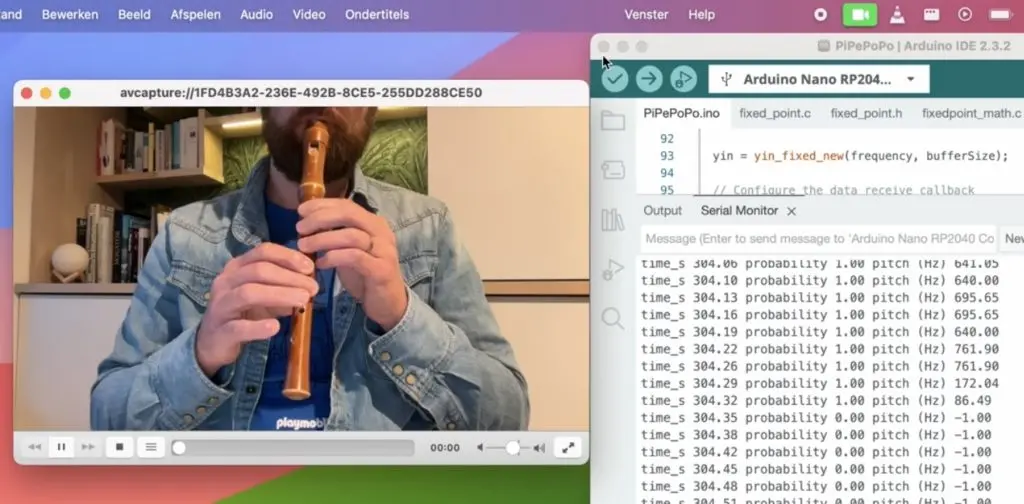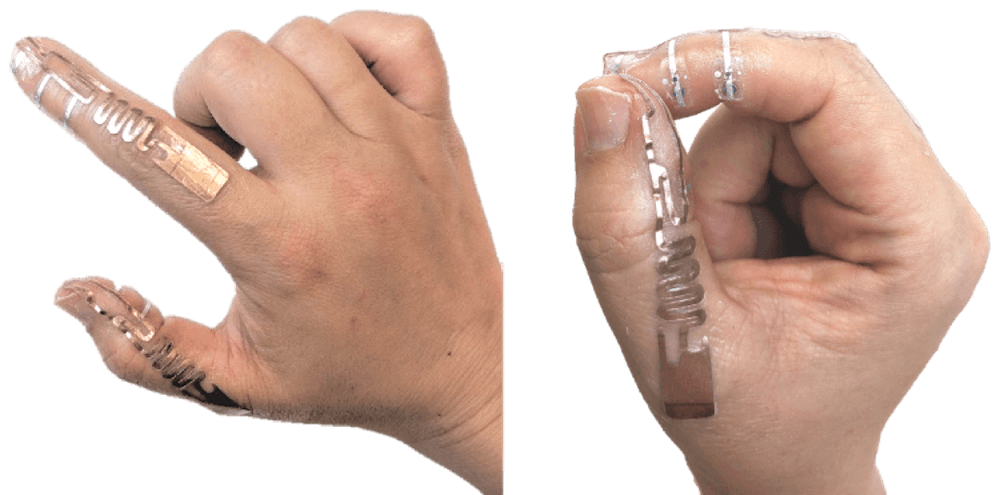Schlagwort: Computer Input
-

This Arduino Nano RP2040 Connect-powered flute blows your PC’s mouse away
Reading Time: 2 minutesThe computer mouse has existed in its current form since the late 1970s. But as musician and software engineer Joren Six points out, it can become boring after a while. His novel reinvention of the mouse eschews moving a physical interface in favor of sound, with different frequencies causing the cursor to move in…
-

2D-RFID input at the tip of your fingers
Reading Time: 2 minutes2D-RFID input at the tip of your fingers Arduino Team — December 2nd, 2019 Researchers at the University of Waterloo in Canada have developed a novel hand-based input technique called Tip-Tap that amazingly requires no batteries. The wearable device uses a series of three custom RFID tags on both the thumb and…

